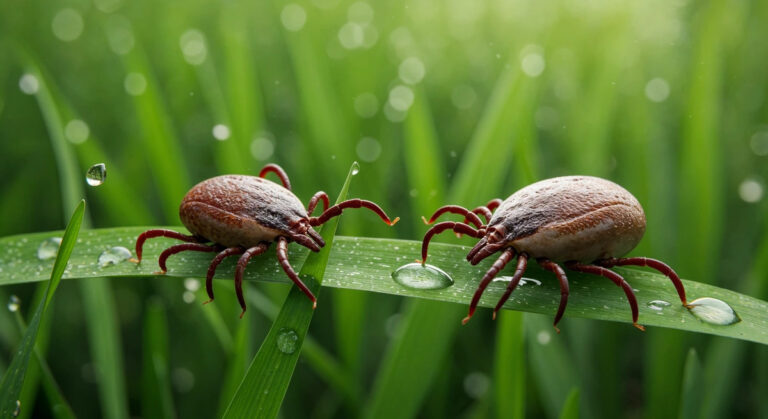It’s a common misconception that fleas and ticks are only active during warmer months. However, skipping flea and tick prevention in winter can expose your dog to significant risks. Here’s why continuous protection is essential, even in colder weather:
Why Your Dog Shouldn’t Skip Flea and Tick Prevention in Winter

Fleas Don’t Hibernate Indoors
-
Warm Indoor Conditions: Fleas thrive year-round indoors, particularly in heated homes. They reproduce rapidly, quickly turning minor infestations into major issues.
-
Health Risks: Fleas can cause allergic dermatitis, tapeworm infections, and anemia, conditions that don’t pause during winter months.
Ticks Can Survive Cold Weather
-
Resilient Parasites: Ticks can survive mild winters or find sheltered areas such as leaf litter and brush piles to stay active during colder months.
-
Year-Round Disease Transmission: Ticks transmit diseases like Lyme disease and ehrlichiosis throughout the year if given the opportunity.
Protect Your Dog and Your Home
-
Continuous Prevention: Regular use of veterinarian-approved flea and tick preventatives protects against infestations and disease year-round.
-
Consistent Comfort: Keeping your dog on a prevention schedule ensures they remain comfortable and healthy, free from itching and irritation caused by fleas and ticks.
Cost-Effective Care
-
Preventative Savings: Maintaining a consistent prevention strategy throughout the year is far more cost-effective than treating infestations or diseases after they occur.
Veterinary Recommendations
-
Tailored Protection: Discuss your dog’s specific needs with your veterinarian to determine the most effective year-round flea and tick prevention plan.
By providing continuous flea and tick prevention through winter, you ensure your dog’s comfort, health, and safety year-round.


